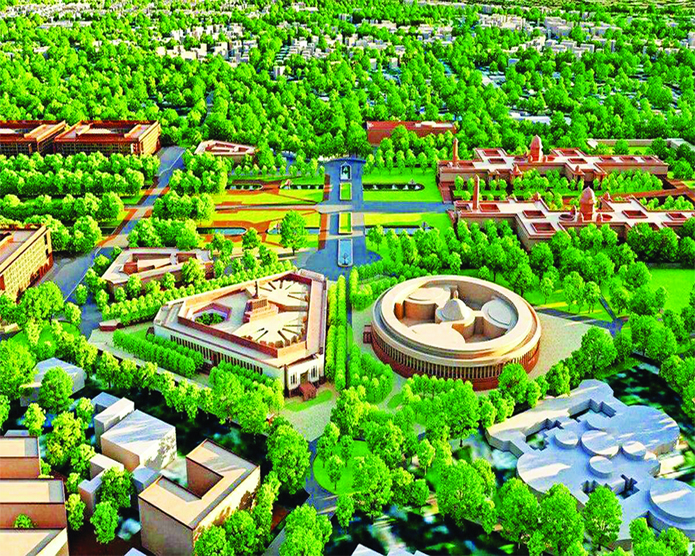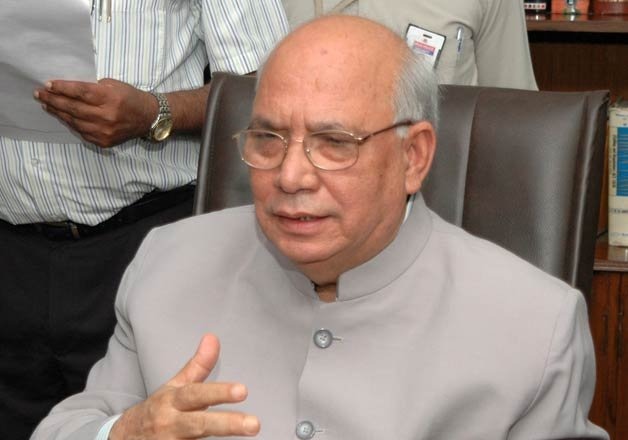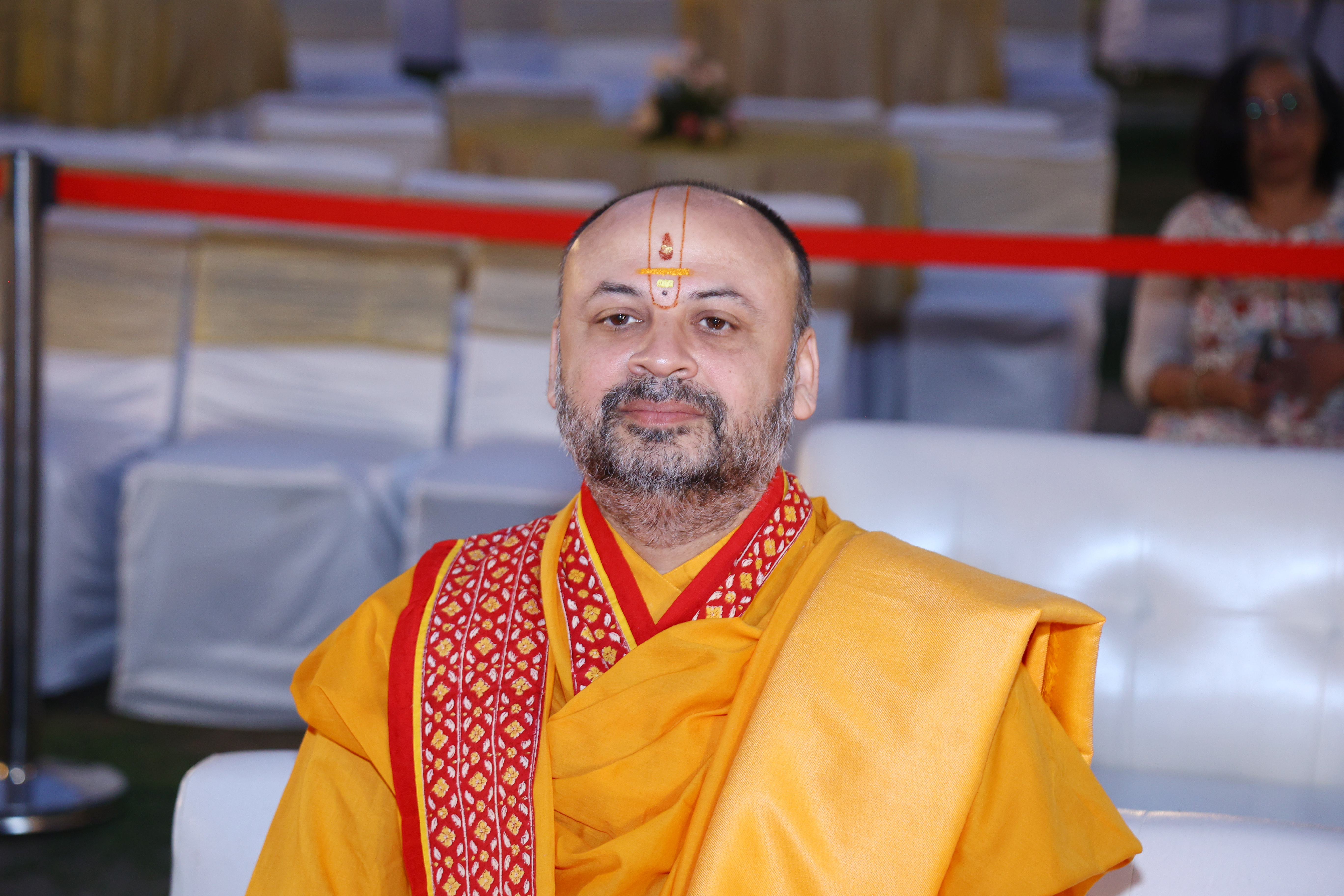The leaders of every era should leave behind some architecture that represents the ethos of that era, like the Central Vista project
The Parliament House, where I sat until April 2000, made one feel welcome and important. It inspired me to participate in speech after speech. Our best speakers were in the Vajpayee Ministry and could not debate, only reply or wind up debates. It is the non-Ministers who had to do the debating and the routine speaking, plus asking questions. I attended every session day and generally sat until the House was adjourned for the next day.
In a different way, I loved my mother and she reciprocated as I was her only child. When she became 78, I wished she would live another 70 years or more. But she had become old with a broken femur; it was better for her to go. I let her go and, gracefully, did not shed a tear. Life is growth and progress, change is the inevitable law. The Parliament complex, in the year 2000, was already getting old. The plaster, paint and what-not applied during the non-session time made it look elegant as do rouge, powder and make-up make a lady pretty. Nevertheless, ageing was inevitable.
There were many committee and standing committee meetings and, if the convener was not a VIP, we were allotted pokey little rooms on an upper floor. I wondered why, in the first place, such small rooms were built. Then I discovered that a junior officer vacated his room for the sake of the meeting; there was no other space for us. We were then a total of 795 members. This was the number after a revision in the 1950s when the population of India was 40 crore plus. Today, India is believed to be at least three times as much.
I enquired from late Chief Minister Sahib Singh the number of people he earlier represented in the Lok Sabha. His answer was “at least 30 lakh”. Now, the large constituencies must be unmanageably huge. It is high time the number of members increased to 1,000. The seating is close, although comfortable.
We are now under the shadow of COVID and the new spacing has to be more liberal, which means the halls should be twice as large. Ditto goes for all the other facilities: the Central Hall, the canteens, the library, the ministerial chambers, the committee rooms et al.
The existing Parliament House was to train Indian representatives to be legislators. They were expected then to legislate or even debate subjects. For those limited intentions, everything at Parliament was spacious. But time has not stood still, nor has the clock stopped ticking. A century has passed by and it has taken its toll. Those visitors who have seen only the ground floor might question the need to build it again but those like me who have toured the upper storeys would know what is overdue and what is not.
Reading newspapers and watching the TV channels, I have found for months that the widely given advice is to spend and spend money to distribute to the last man in the queue of poverty. Beyond a point, how does one distribute money except by spending it on public works, as President Roosevelt had done 1932 onwards. When it comes to political opposition, leaders say how can you waste money on the luxury of the Central Vista when the COVID treatment needs the greatest attention. What an extraordinary contradiction between the economic masters, including Nobel Laureates, on the one hand and the only national Opposition, on the other?
The leaders of every era should leave behind some architecture that represents the ethos of that era. That is making, not writing, history. The Muslim rulers were conscious of this requirement; the Hindus did build enduring temples but little else. Unfortunately, iconoclasts in north India did not allow many temples to survive. In a way, some history was thus lost and we should be aware of this lacuna.
Those who have been inside the offices in, say, Shastri Bhawan and its companions Udyog, Nirman or Krishi Bhawans know what they are like. The first floor of Nirman Bhawan has been refurbished very well, the rest I don’t know. They are probably constructed in a hurry or cheaply or carelessly, or all three. That was done decades ago but we should now put these right. Europe gave great importance to architecture as the sentinels of an era. Look at the number of lovely State buildings in Mumbai, the statues of Kolkata which are now hidden at the back of Victoria Memorial.
Not as a lesson in iconoclasm but as the historical importance of architecture, let us quote Sir Arnold Toynbee, the great philosopher of history: “In the course of the first Russian occupation of Warsaw, the Russians had built an Eastern Orthodox Christian Cathedral in the city that had been the capital of the independent Roman Catholic country, Poland. The Russians had done this to give the Poles a continuous demonstration that the Russians were now the masters. After the re-establishment of Poland’s independence in 1918, the Poles pulled this cathedral down. I do not blame the Polish Government for having pulled down the Russian church.”
(The writer is a well-known columnist and an author. The views expressed are personal.)
( Courtesy Pioneer )








 OpinionExpress.In
OpinionExpress.In















Comments (0)